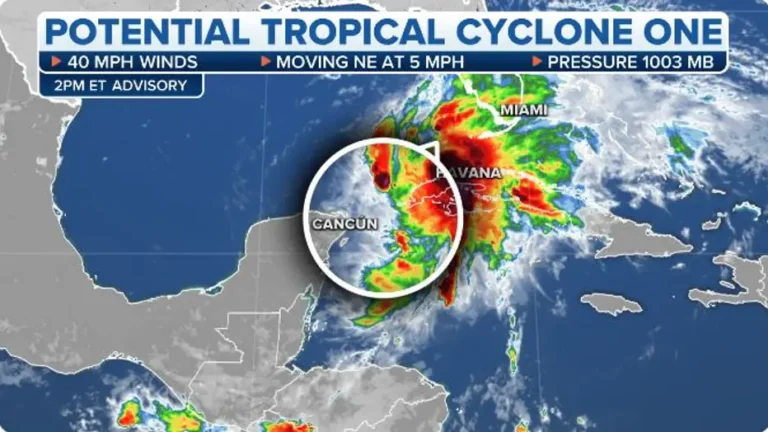
In a surprising turn of events, the 30-year mortgage rate has recently surged to its highest level since the turn of the millennium, reaching a staggering 7.48%. This development has sent shockwaves through the real estate and financial markets, leaving both homeowners and prospective buyers wondering about the implications of this significant increase.
In this article, we will delve into the factors contributing to this surge, its potential impacts on the housing market, and what borrowers should consider in light of this situation.
Understanding the Surge
The sudden increase in the 30-year mortgage rate has caught many by surprise. To fully grasp the significance of this surge, we need to understand the various factors that have contributed to it.
Inflationary Pressures:
One of the primary drivers of rising mortgage rates is inflation. Inflation erodes the purchasing power of money over time, and as it continues to rise, lenders demand higher interest rates to compensate for the decreasing value of the dollars they will receive in the future.
Federal Reserve Policy:
The Federal Reserve plays a pivotal role in influencing interest rates. In response to inflation concerns, the Fed has implemented a series of interest rate hikes, which has had a ripple effect on mortgage rates. Higher federal funds rates result in higher borrowing costs for consumers.
Global Economic Factors:
The global economy also plays a role in determining mortgage rates. International events, such as geopolitical tensions and economic instability, can lead to increased demand for safe-haven assets like U.S. Treasury bonds, causing yields to rise and mortgage rates to follow suit.

Impact on the Housing Market
The surge in the 30-year mortgage rate to 7.48% undoubtedly has significant implications for the housing market:
Affordability Challenges:
Higher mortgage rates mean higher monthly payments for homebuyers. This can make homeownership less affordable, potentially pricing some prospective buyers out of the market. It may also force existing homeowners to reconsider refinancing options, as the cost savings associated with lower rates diminish.
Slowdown in Home Sales:
Historically, when mortgage rates spike, home sales tend to slow down. As interest rates rise, the pool of qualified buyers shrinks, leading to a decrease in demand for homes. This can lead to longer listing times and potentially lower home prices in some markets.
Impact on Housing Inventory:
The surge in rates may discourage homeowners from listing their properties for sale, further exacerbating the existing housing supply shortage. This could result in increased competition among buyers and potentially lead to bidding wars in certain areas.
What Borrowers Should Consider
For borrowers and potential homebuyers, navigating this new landscape is essential. Here are some key considerations:
Locking in Rates:
Given the uncertainty surrounding future rate movements, borrowers may want to consider locking in their mortgage rates if they are in the process of purchasing a home or refinancing. A rate lock can provide protection against further increases in interest rates during the closing process.
Budgeting for Higher Payments:
Homebuyers should carefully assess their budgets and determine if they can comfortably manage the higher monthly payments associated with higher mortgage rates. This may require reevaluating the type and size of the home they are considering.
Long-Term vs. Short-Term:
Borrowers should also think about their long-term financial goals. While short-term rate fluctuations can be unsettling, it’s essential to remember that mortgage rates remain historically low compared to previous decades. Consider your own financial situation and whether locking in a fixed-rate mortgage for the long term makes sense for your circumstances.
Conclusion
The recent surge in the 30-year mortgage rate to 7.48% has undoubtedly created waves in the housing market. Understanding the factors contributing to this increase, as well as its potential impacts, is crucial for both current homeowners and prospective buyers.
While this new rate environment presents challenges, it also offers opportunities for borrowers to make informed decisions about their homeownership goals and financial futures. As always, staying informed and seeking advice from financial professionals can help individuals make the best choices in these uncertain times.













+ There are no comments
Add yours